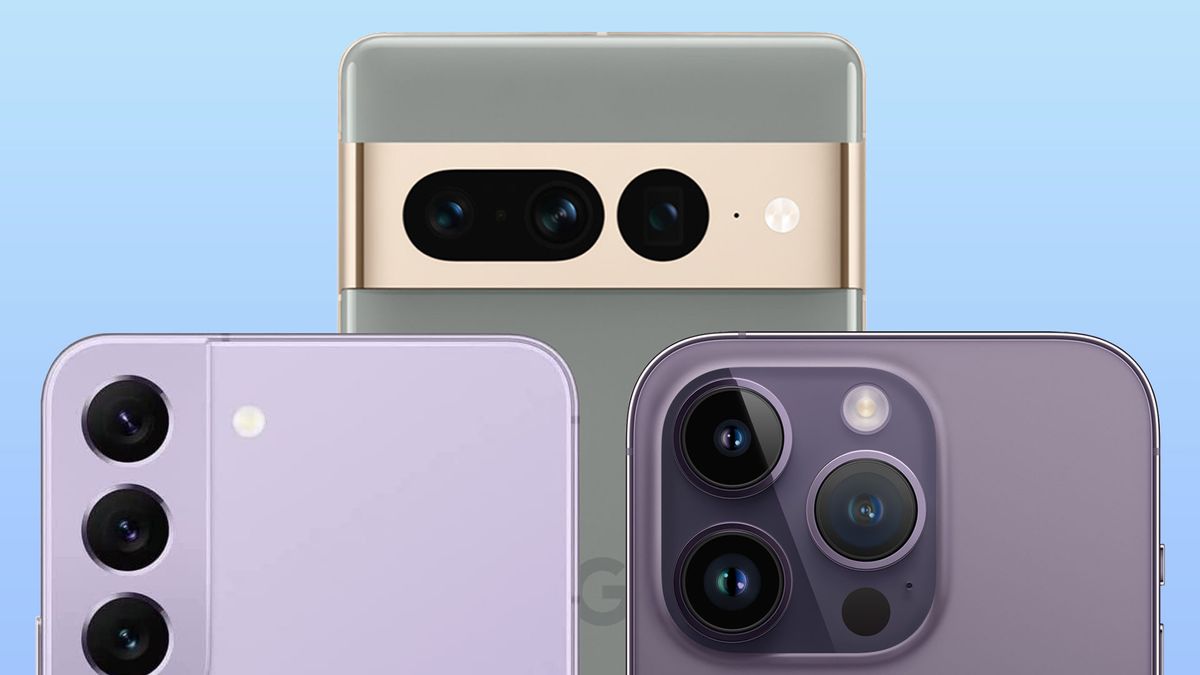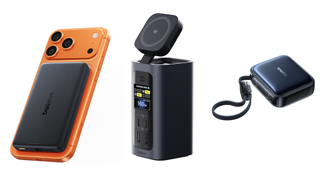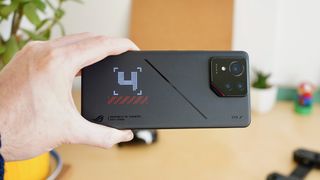Phones

Smartphones are the most personal devices we own, keeping us connected at all times and acting as the heart of our tech lives. We may not spend much time actually speaking on them these days, but we use a phone for virtually everything else.
Smartphones today typically fall into one of two categories: iPhone or Android. iPhones are the most popular smartphones overall and offer entry into the much coveted Apple exosystem, where they can be paired with Apple Watches, iPads, and MacBooks for greater inter-device connectivity.
Android phones, meanwhile, are more numerous combined and often offer higher specs than iPhones on measures such as charging speed and camera quality, while offering integration with a wider variety of devices including Chromebooks and Windows laptops. They also tend to be cheaper.
Our industry-leading phones coverage serves up news, reviews, features and tutorials covering all kinds of devices, from the best smartphones overall to more budget offerings and all points in-between.
Explore Phones
-
Acer Phones
-
Android
-
Asus Phones
-
BlackBerry Phones
-
Google Pixel Phones
-
HTC Phones
-
Honor Phones
-
Huawei Phones
-
LG Phones
-
Microsoft Lumia
-
Motorola Phones
-
Network Providers
-
News about Phones
-
Nokia Phones
-
Nothing Phones
-
OnePlus Phones
-
Oppo Phones
-
Phone Accessories
-
Phone Buying Guides
-
Phone Deals
-
Phone How Tos
-
Phone Reviews
-
Realme Phones
-
Samsung Galaxy Phones
-
Sony Xperia Phones
-
Windows Phone
-
Xiaomi Phones
-
ZTE Phones
-
iOS
-
iPhone
Latest about Phones

2026 will be smarter, safer and with a much better soundtrack. Here's why
By TechRadar published
Baseus raises the bar in mobile digital, smart audio and smart security

Leaked image suggests the Motorola Razr Fold is coming soon to challenge the Galaxy Z Fold 7
By James Rogerson published
The Motorola Razr Fold could be about to get previewed, and its specs sound set to impress.

There won’t be any new Asus ROG phones or Zenfones this year – or maybe ever
By James Rogerson published
Asus has confirmed that it has no plans to release new phones this year, but you'll still be able to get support for existing handsets.

A flurry of new Samsung Galaxy S26 Ultra leaks have arrived
By David Nield published
We've got some more advance information on the premium flagship from Samsung that's due in February.

Clicks launches a new Power Keyboard, for wireless charging and typing
By David Nield published
The Clicks Powerkeyboard will wirelessly charge your phone and gives you a physical keyboard as well.

Flagship phone camera clash: I compared photos from the iPhone 17 Pro, Google Pixel 10 Pro, and Samsung Galaxy S25 Ultra – here's what I discovered
By Alex Walker-Todd published
Apple's, Google's and Samsung's latest and greatest all offer great cameras, but which one is best for you?

Two new Samsung One UI 8.5 upgrades for Galaxy phones have leaked
By David Nield published
A major software update for Samsung phones is on the way, and we just got a preview of two of its new features.

Notable upgrades for the Galaxy Z Fold 8 and Galaxy Z Flip 8 are rumored
By David Nield published
The A new year means new foldables, and we might have learned some more about Samsung's next foldable phones.
Sign up for breaking news, reviews, opinion, top tech deals, and more.

